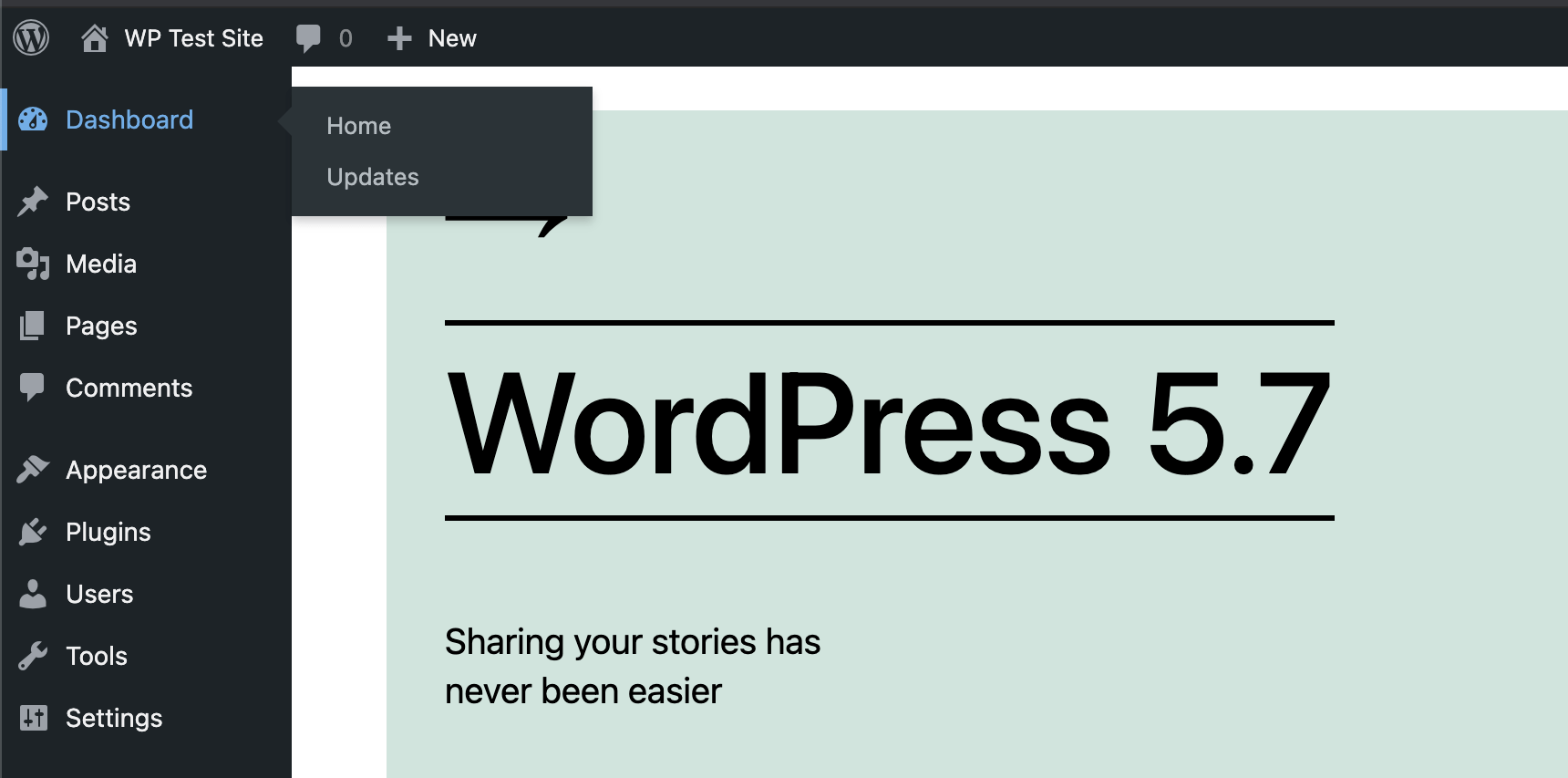
I’ve tried 1Password and Dashlane, and several other popular password managers for both Mac and PC. It always seems to be the same thing: things start off great and then go downhill from there. For example, I was loving 1Password, and then it locked me out of my password file/account. Likewise for a couple of years Dashlane was great, but then they started making drastic changes like moving from standalone app to browser extension Web-based UI. The confusion involved with […] Continue reading »
![Jeff Starr [ Jeff Starr (aka Perishable) ]](https://perishablepress.com/wp/wp-content/images/global/jeff-starr.jpg)
When I spend time on something, like an interview, I like to know that it was actually published somewhere. Below is an interview that I completed for a web-hosting company that apparently now is missing in action. It covers how I got into web development, upcoming projects, web security, work flow, writing books, WordPress, and more.. Continue reading »
There are numerous ways to redirect requests using Apache’s mod_rewrite and mod_alias. This concise, friendly tutorial explains different ways to redirect a range of IP addresses, either IPv4 or IPv6. Continue reading »
Let’s say you have some .htaccess rewrite rules in place using Apache’s mod_rewrite. By default if the rewrite rules are located in the root directory, they will be applied to every subdirectory, as expected. But what if you need to disable the rewrite rules so that they do not affect some specific sub-directory or sub-folder? This super quick tutorial shows the easiest way to do it. Continue reading »

WordPress 5.7 features a new Robots API that provides filter-based control over the robots meta tag. So if your site is running WordPress 5.7 or better, you will notice a new <meta /> tag included in the <head></head> section of your web pages. By default, the meta tag added by WordPress has a value of max-image-preview:large, which is fine IF it is the only robots meta tag on the page. If your site already has its own meta robots tag, […] Continue reading »

I’ve been testing the beta for WordPress 5.7. So far no complaints but there is one weird thing it looks like they are adding, some weird 4-pixel width border that displays when you hover over any item(s) on the main WordPress menu. It’s even got a transition animation to make it feel extra wonky. Here is a screenshot for those who have not yet had the pleasure of experiencing the new stylez (look on the left-hand side of the menu, […] Continue reading »

Launching a free plugin to disable the new Application Passwords feature introduced in WordPress version 5.6. The plugin is one line of code. Install and activate to completely disable all of the Application Passwords functionality. To re-enable all Application Passwords, simply deactivate/uninstall the plugin. Easy peasy. Continue reading »

BBQ Firewall is a lightweight, super-fast plugin that protects your site against a wide range of threats. BBQ checks all incoming traffic and quietly blocks bad requests containing nasty stuff like eval(, base64_, and excessively long request-strings. This is a simple yet solid solution for sites that are unable to use a strong Apache/.htaccess firewall. Continue reading »
Forgotten post! I wrote this article way back for WordPress 5.5 but forgot to publish. Rather than delete I am posting it now. I think the information remains relevant for the most part. Read with a grain of salt :) WordPress 5.5 brings some new features that may help a lot of users. The two biggies: sitemaps and lazy loading images. This rundown post explains a bit about each, and shares some free plugins to help should you need to […] Continue reading »

WordPress 5.5 and beyond features built-in sitemaps that are enabled by default. For new users and sites this may be a good thing. Now users don’t have to bother with thinking about how to implement a sitemap. Like with Privacy control, WordPress just does it for you automagically. BUT for the millions of sites that already have a sitemap thanks to any of the excellent and free sitemap plugins — that’s like maybe 5–10 million websites — well congratulations you […] Continue reading »

Whenever you upload an image using the Media Library, WordPress automatically creates a set of alternate-size images. The number and size of these auto-generated images continues to grow each year, as WordPress tries to keep up with increasingly hi-resolution screen sizes. For many WordPress-powered websites, the extra media sizes enable WordPress to serve images responsively and that’s a good thing. But for some WordPress sites, all the extra images simply are not necessary. In some cases downright wasteful. And that’s […] Continue reading »

WordPress 5.5 brings some cool new features, including built-in support for lazy-loading images. So whether you want it or not, WordPress will add a new “loading” attribute to all of your images. That way supportive browsers will be able to load your images as the user scrolls the page, instead of trying to load everything at once. It’s a popular front-end technique that may help to boost performance a little bit. Like anything else, there are pros and cons to […] Continue reading »
It is debatable whether or not Chrome’s new scrolltotextfragment feature is a significant security concern. When in doubt, play it safe. This quick post explains how to disable (or enable) Chrome’s scroll-to-text-fragment functionality. Continue reading »
![[ POST Requests ]](https://perishablepress.com/wp/wp-content/images/2019/wordpress-post-requests.jpg)
I’ve written before about protecting against malicious POST requests using Apache/.htaccess. In this tutorial, we’ll look at how to modify GET and POST requests using PHP and some core WordPress functionality (with no .htaccess required). Normally you would want to manipulate URI requests at the server level, but that’s not always possible (like on shared hosting). So in those cases where you want to modify GET, POST, or other types of requests on a WordPress site, check out the following […] Continue reading »
![[ WordPress Image Sizes ]](https://perishablepress.com/wp/wp-content/images/2019/wordpress-media-image-sizes.png)
As you may know, WordPress creates numerous copies of all images uploaded via the WP Media Library. These additional images are generated in various sizes, depending on your settings and other factors. This may be totally fine in general, but if you are working with lots of images on your site, the extra files can really eat up your disk space. This can be wasteful, specially if your site does not make use of all the extra images. So to […] Continue reading »
![[ Override Comment Options ]](https://perishablepress.com/wp/wp-content/images/2019/wordpress-plugin-override-comment-options.jpg)
Want to keep comments open on a few old posts? This plugin is for you. It does one thing and does it well: it overrides the WordPress setting, “Automatically close comments on articles older than x days”. So you can leave comments open for any individual posts that may have passed the deadline. I actually wrote this plugin for use here at Perishable Press. Normally comments are closed after 90 days, but there are a few old posts for which […] Continue reading »


![Jeff Starr [ Jeff Starr (aka Perishable) ]](https://perishablepress.com/wp/wp-content/images/global/jeff-starr.jpg)






![[ POST Requests ]](https://perishablepress.com/wp/wp-content/images/2019/wordpress-post-requests.jpg)
![[ WordPress Image Sizes ]](https://perishablepress.com/wp/wp-content/images/2019/wordpress-media-image-sizes.png)
![[ Override Comment Options ]](https://perishablepress.com/wp/wp-content/images/2019/wordpress-plugin-override-comment-options.jpg)
